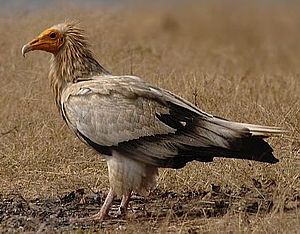
Cargando...
Què puc hacer?
226305 materialEducativo
textoFiltroFichatipo de documento Article Wikipedia Bird
Sobre aquest recurs...

Contingut exclusiu per a membres de

Mira un ejemplo de lo que te pierdes
Categories:
Fecha publicación: 29.8.2014
Vols comentar? Registra't o inicia sessió
Si ya eres usuario, Inicia sesión
Afegir a Didactalia Arrastra el botón a la barra de marcadores del navegador y comparte tus contenidos preferidos. Más info...
Comentar
0